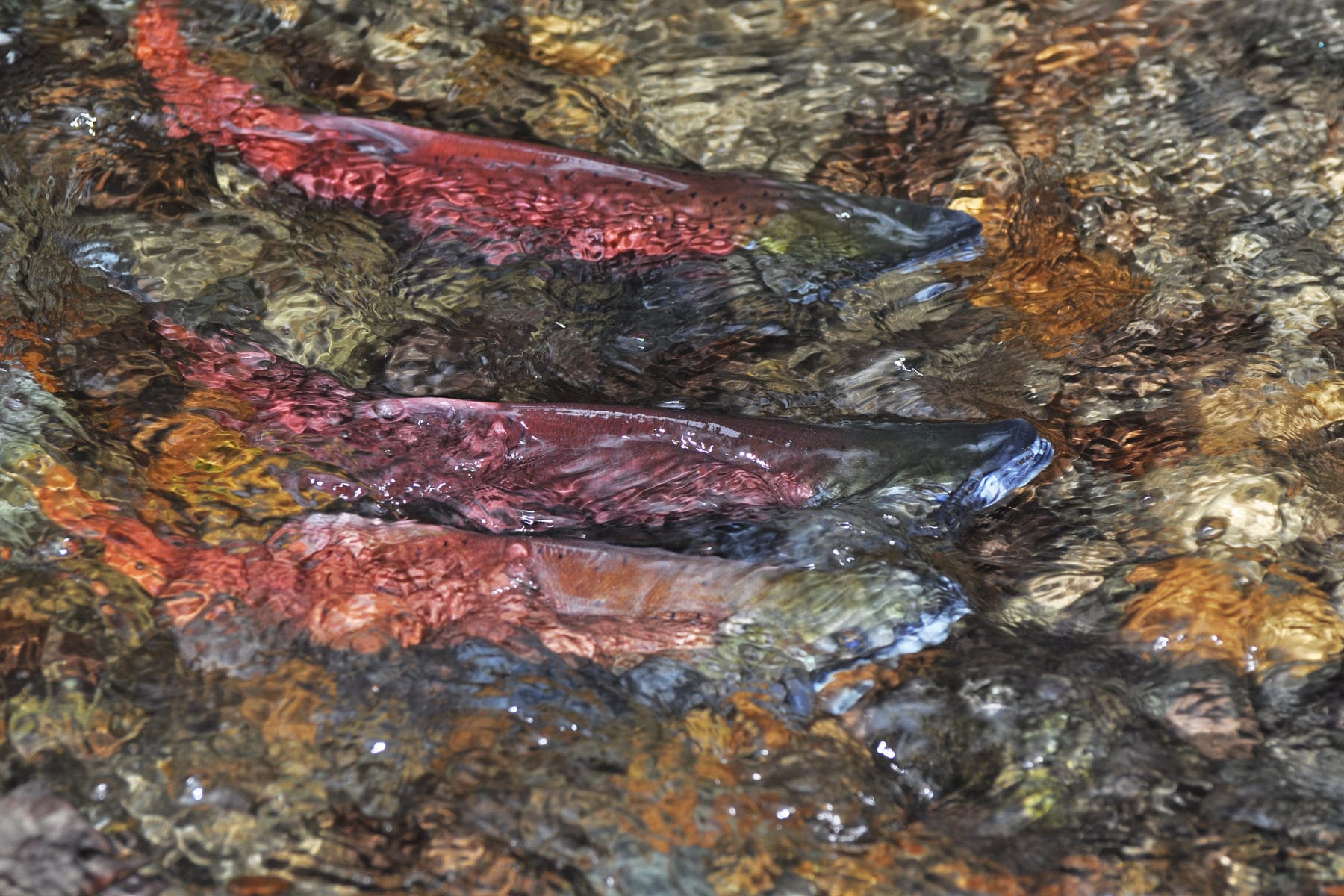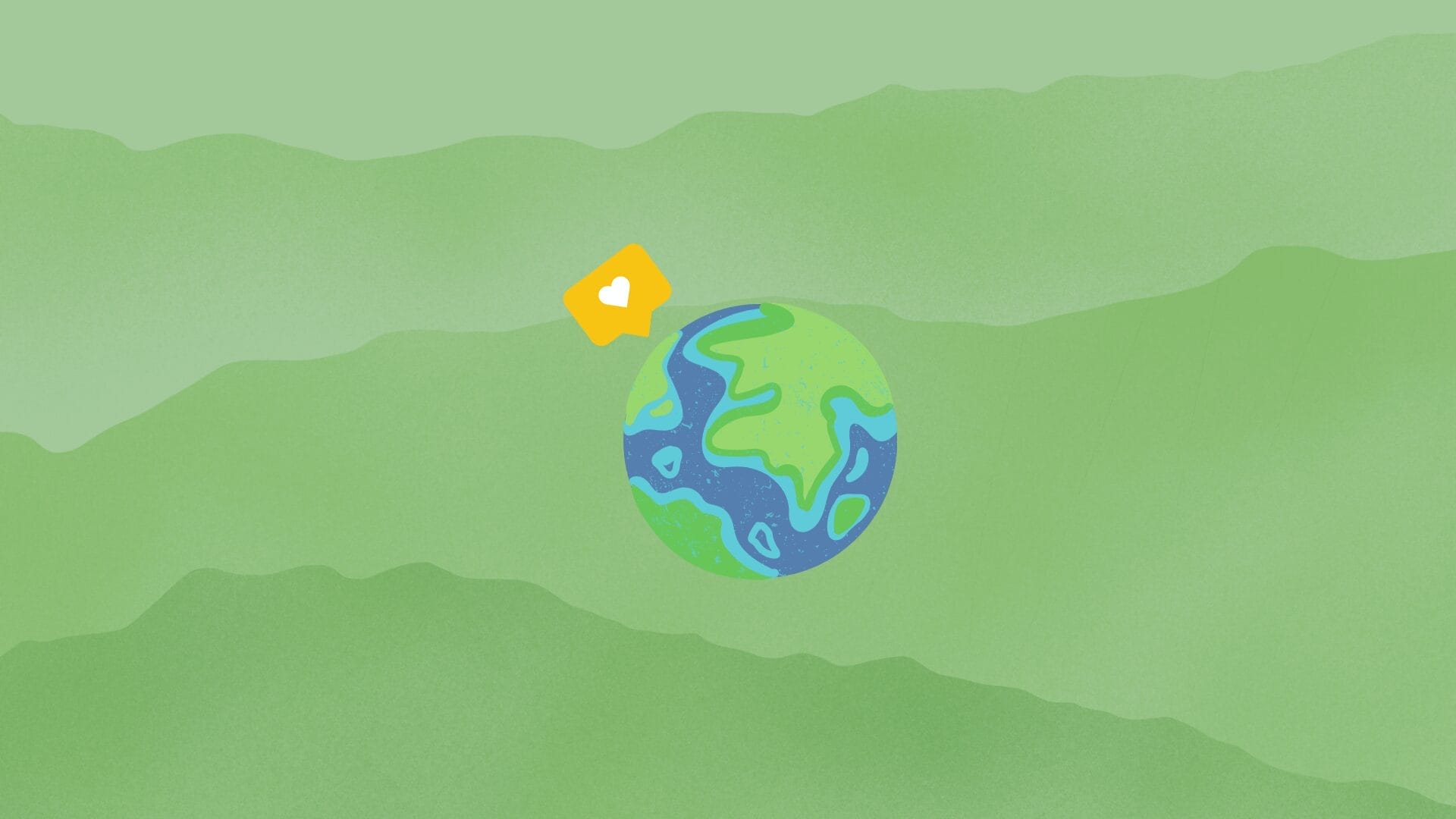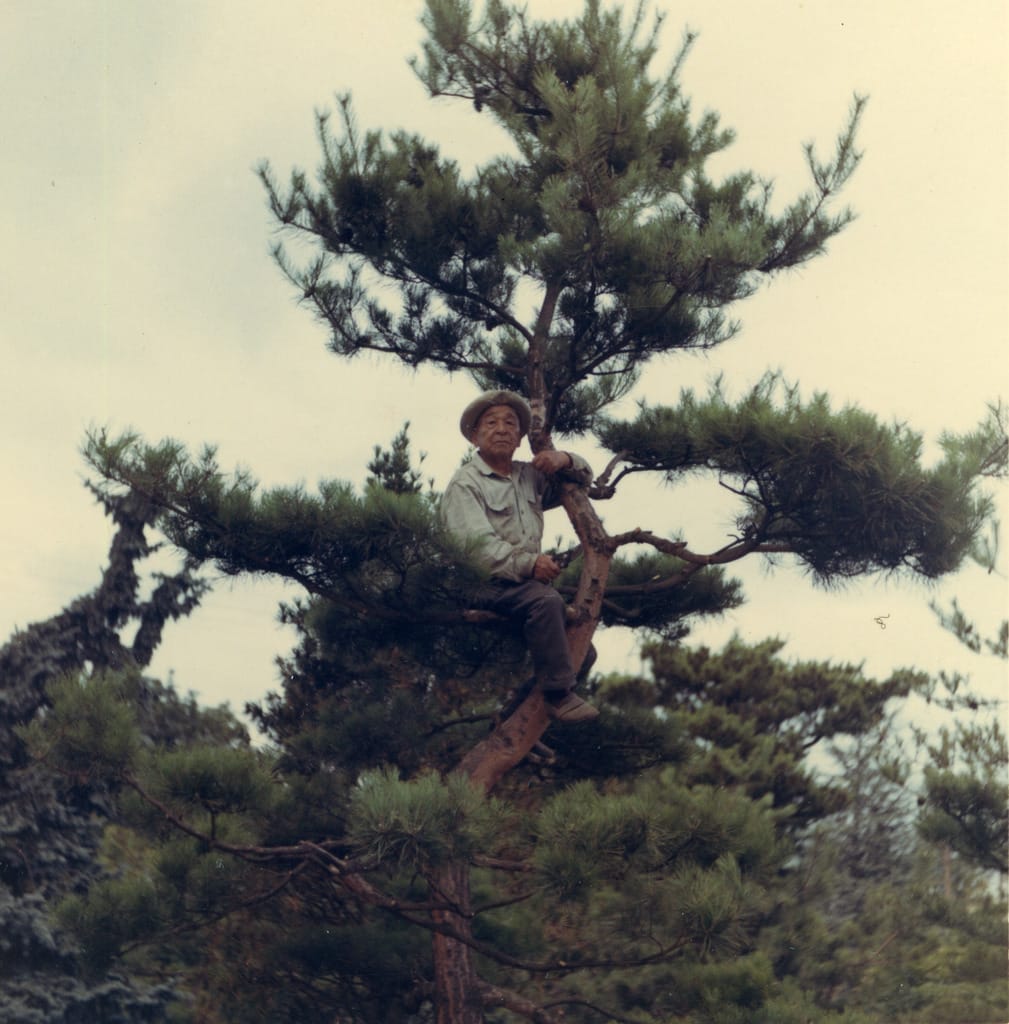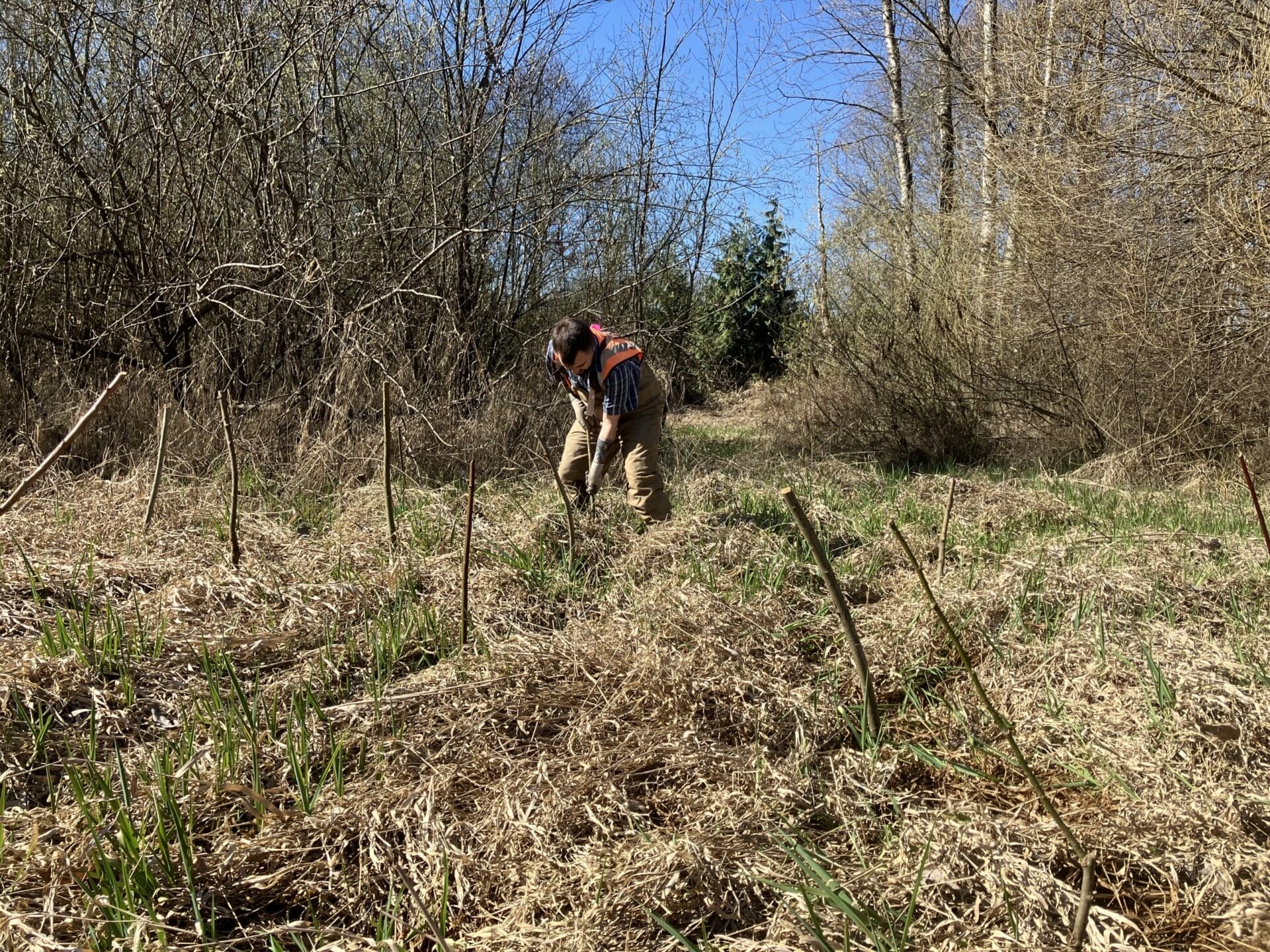Swimming In the Right Direction
It’s tough being a salmon. Between getting eaten, losing habitat, and succumbing to pollution, completing a full life-cycle from egg to spawner is near impossible. This is especially true for our native kokanee salmon that spend their entire existence in and around Lake Sammamish. For whatever reason, somewhere along their evolution, these little red fish opted out of the arduous oceanic journey taken by their sockeye cousins and stayed local. Probably seemed like a smart choice, but then European settlers arrived en masse and there went the neighborhood.
Urban development, even smart urban development as has taken place in Issaquah, negatively impacts salmon. Every time it rains, storm water runoff flushes pollutants into lakes altering water quality; increased sediment loads from construction clogs gravel beds destroying breeding/feeding grounds; and deforestation raises stream temperatures making it hard for fish to breathe.
The good news is, we’re learning.
For the past 8 years, dozens of partners have worked to undo the damage done and give these fish a fighting chance. On the front end of the life-cycle, a new program at the Issaquah Fish Hatchery has produced almost 500,000 kokanee fry to help preserve the population, while on the back end, a privately-funded culvert replacement has tripled the kokanee spawning area on Ebright Creek, and restoration projects in the Lake Sammamish watershed have planted thousands of trees to support instream flows and habitat. And as part of the long-game, thousands of school children have participated in educational programs to learn about these amazing fish and what they can personally do to help ensure their survival.
The recent article in the Issaquah Reporter should be taken as good news and a sign that our efforts are working, but don’t be fooled, there is still much work to be done. Ecological restoration is a long, slow process, and just as it took lots of little actions by individuals to bring these fish to the brink of extinction, it’s going to take lots of little actions by individuals to bring them back. You can help. Visit the Kokanee Work Group’s website to find out how.
Kokanee Recovery Partners:
- Local Residents
- King County
- City of Bellevue
- City of Issaquah
- City of Redmond
- City of Sammamish
- US Fish and Wildlife Service
- Washington State Department of Fish and Wildlife
- Trout Unlimited
- Snoqualmie Tribe
- Washington State Parks
- Friends of Issaquah Salmon Hatchery
- Friends of Lake Sammamish State Park
- Save Lake Sammamish
- Friends of Pine Lake
- Mountains to Sound Greenway Trust
Photo Credit: Roger Tabor, USFWS




